Choosing a perfume that truly lasts is no easy feat. Perfume counters line their shelves with hundreds of bottles, yet only a small number stand out for their endurance and complexity. The secret is unexpected: a fragrance’s longevity and sillage can change dramatically based on your unique skin chemistry and the environment, with some blends lasting up to 12 hours or more. Most people chase the most popular scent or elegant packaging but miss the powerful impact of careful testing and matching fragrance notes to both the occasion and their personal style.
Table of Contents
- Step 1: Identify Your Fragrance Preferences And Notes
- Step 2: Research Fragrance Concentrations And Types
- Step 3: Test Fragrances On Your Skin
- Step 4: Evaluate Longevity And Sillage During Wear
- Step 5: Choose Your Fragrance Based On Longevity And Occasion
Quick Summary
| Key Point | Explanation |
|---|---|
| 1. Identify your fragrance preferences | Understand your scent profile by reflecting on previous fragrances you enjoyed to discover aromatic families that resonate with you. |
| 2. Know fragrance concentrations | Different concentrations affect longevity and intensity; choose based on your daily environment and personal preference for scent strength. |
| 3. Test fragrances on your skin | Apply fragrances to pulse points to see how they interact with your body chemistry over time, observing their full evolution. |
| 4. Evaluate longevity and sillage | Assess how long a fragrance lasts on you and how well it projects, paying attention to its performance in various settings. |
| 5. Choose fragrances for occasions | Match scents to specific events, considering temperature, duration, and desired presence to ensure the right impression. |
Step 1: Identify your fragrance preferences and notes
Selecting a long lasting fragrance begins with understanding your personal scent profile and identifying the notes that resonate with your individual style. Fragrance selection is a deeply personal journey that requires self-awareness and exploration of different aromatic families and compositions.
Start by reflecting on scents that have previously attracted you. Consider the perfumes or colognes you have enjoyed in the past and analyse their common characteristics. Discover more about fragrance notes and their impact to gain deeper insights into your preferences.
Fragrance notes are typically divided into three primary categories: top notes, middle notes, and base notes. Top notes are the initial scents you perceive, usually light and fresh, which evaporate quickly. Middle notes develop after the top notes dissipate, forming the core of the fragrance.
To identify your preferences, explore different fragrance families such as:
- Floral: Rose, jasmine, and lily notes
- Woody: Sandalwood, cedar, and pine essences
- Oriental: Vanilla, amber, and spicy undertones
- Fresh: Citrus, marine, and green botanical scents
Experimentation is key. Visit perfume counters and request sample testers, allowing you to experience how various fragrances interact with your unique body chemistry. Remember that a scent that smells incredible on one person might smell entirely different on another.
Pay attention to how fragrances evolve throughout the day. A quality long lasting perfume should maintain its character and intensity for several hours, with base notes providing a consistent, elegant backdrop to your personal aroma. When testing, apply the fragrance to your pulse points and observe how it develops over time, noting its transformation from initial application to its final, settled state.
Successful fragrance selection requires patience and a willingness to explore.
![]() Trust your instincts and choose a scent that makes you feel confident and authentic. Your perfect fragrance should not only smell exceptional but also reflect your personality and enhance your natural essence.
Trust your instincts and choose a scent that makes you feel confident and authentic. Your perfect fragrance should not only smell exceptional but also reflect your personality and enhance your natural essence.
Step 2: Research fragrance concentrations and types
Understanding fragrance concentrations is crucial in selecting a long lasting perfume that meets your specific needs and preferences. Different concentration levels significantly impact the intensity, longevity, and overall performance of a fragrance. Learn more about perfume shopping strategies to make an informed decision.
Fragrance concentrations typically range from the most diluted to the most potent, with each type offering unique characteristics. The primary concentration categories include Eau de Cologne, Eau de Toilette, Eau de Parfum, and Parfum (pure perfume). Each concentration determines how long the scent will last and its projected strength.
Eau de Cologne represents the lightest concentration, usually containing 2-4% perfume oils and lasting approximately 1-2 hours. This option works best for individuals seeking a subtle, refreshing scent that provides a light aromatic touch without overwhelming presence. These fragrances are ideal for warm weather or casual daytime environments where a delicate scent is preferred.
Eau de Toilette offers a slightly more robust option, containing 5-15% perfume oils and typically lasting 3-4 hours. This concentration provides a balanced approach, delivering a noticeable yet not overpowering scent profile. Many individuals choose Eau de Toilette for professional settings or social gatherings where a moderate fragrance projection is desired.
For those seeking extended wear, Eau de Parfum becomes an excellent choice. With 15-20% perfume oils, this concentration can last 5-8 hours, providing a more intense and long lasting fragrance experience. The higher oil content ensures that the scent develops more completely, revealing complex layer interactions throughout the day.
Pure Parfum represents the most concentrated fragrance type, containing 20-40% perfume oils and potentially lasting up to 24 hours. This premium option offers the most complex and enduring scent experience, though it comes at a higher price point and requires minimal application.
When selecting your fragrance concentration, consider several key factors:
Understanding fragrance concentrations is key to selecting a scent with the right longevity and intensity for your needs. The table below compares the main types of fragrance concentrations discussed in the article.
| Fragrance Type | Perfume Oil Content | Typical Longevity | Ideal Usage Scenario |
|---|---|---|---|
| Eau de Cologne | 2-4% | 1-2 hours | Subtle, refreshing, daytime wear |
| Eau de Toilette | 5-15% | 3-4 hours | Balanced option for work or social use |
| Eau de Parfum | 15-20% | 5-8 hours | Extended wear for daily or evening use |
| Pure Parfum | 20-40% | Up to 24 hours | Premium, special occasions, long wear |
- Your personal daily activities and environment
- Skin type and body chemistry
- Desired longevity of the scent
- Budget and willingness to reapply
Experimentation remains essential. Test different concentrations to understand how they interact with your unique body chemistry and lifestyle requirements. A fragrance that performs exceptionally for one person might behave differently for another, making personal testing crucial in finding your perfect scent.
Step 3: Test fragrances on your skin
Testing fragrances directly on your skin is a critical step in selecting a truly long lasting perfume that harmonises with your unique body chemistry. Sampling a fragrance on your skin provides the most accurate representation of how the scent will perform throughout the day. Learn more about perfume selection strategies to enhance your testing approach.
According to scientific research, individual body chemistry dramatically influences fragrance performance. Your skin’s pH, temperature, moisture levels, and natural oils interact with perfume molecules, causing subtle yet significant transformations in the scent profile.
When testing fragrances, choose pulse points as your primary application areas. These locations generate warmth, helping the fragrance develop and project more effectively. Key pulse points include the inner wrists, behind the ears, base of the throat, and inside the elbows. Avoid rubbing the fragrance, as this can break down the molecular structure and alter the scent composition.
Apply a small amount of the fragrance to one pulse point and allow it to develop naturally. Observe how the scent evolves over several hours, paying attention to its transformation from initial application through middle and base notes. Each fragrance will interact uniquely with your skin, revealing different nuances and intensity levels.
To conduct a comprehensive test, consider these essential guidelines:
- Test no more than two to three fragrances in a single session
- Wait at least 30 minutes between different fragrance applications
- Assess the scent in various environments and temperatures
- Evaluate longevity and how the fragrance makes you feel
Environmental factors also play a crucial role in fragrance testing. Skin tends to hold fragrances differently in warm versus cool conditions, and humidity can impact scent projection. During your testing process, move through different settings to understand how the fragrance performs in various contexts.
Time of day matters as well. Skin tends to be more receptive to fragrances in the morning when it is clean and free from other product residues. Avoid testing perfumes immediately after showering or applying lotions, as these can interfere with the fragrance’s true character.
Remember that initial impressions can be misleading. A fragrance might smell pleasant during the first hour but transform unexpectedly over time. Patience is key in discovering a truly remarkable, long lasting perfume that becomes an extension of your personal style. Give each fragrance sufficient time to reveal its complete olfactory narrative before making a final decision.
Step 4: Evaluate longevity and sillage during wear
Evaluating a fragrance’s longevity and sillage represents the ultimate test of its quality and performance. Longevity refers to how long the scent remains detectable on your skin, while sillage describes the trail or projection of the fragrance as you move through space. Discover more about fragrance shopping insights to refine your selection process.
To properly assess a fragrance’s performance, wear the scent during a full day that encompasses various activities and environments. This comprehensive approach allows you to understand how the fragrance adapts to different temperatures, humidity levels, and personal energy expenditure. Pay close attention to how the scent transforms throughout the day, noting its initial projection, mid-day performance, and evening character.
Longevity testing requires patience and strategic observation. Apply the fragrance in the morning and document its performance at key intervals. Note the initial strength of the scent, how quickly it begins to fade, and whether it maintains its core aromatic profile. High-quality fragrances typically maintain a detectable presence for 6-8 hours, with some premium formulations lasting up to 12 hours.
Sillage evaluation involves understanding how the fragrance projects around you. A well-balanced fragrance should create a pleasant aura without overwhelming those in your immediate vicinity. Test the scent in different settings to gauge its performance:
- Professional environments requiring subtle projection
- Social gatherings where a moderate scent trail is acceptable
- Personal spaces to understand intimate fragrance characteristics
- Outdoor settings with varying temperature and humidity
Consider the practical aspects of the fragrance’s performance. A truly exceptional perfume should complement your lifestyle, remaining noticeable without being intrusive. Some fragrances might perform differently based on clothing material, skin moisture, and personal body temperature.
Document your observations carefully. Take notes on how often you need to reapply, the scent’s consistency throughout the day, and how it makes you feel.
To help you evaluate and compare fragrances during the testing phase, the following table summarises key factors to observe as you wear fragrances throughout the day.
| Evaluation Factor | What to Observe | Why It Matters |
|---|---|---|
| Longevity | How long the scent lasts | Ensures the fragrance meets your lasting expectations |
| Sillage | Scent projection and trail | Determines if the fragrance’s presence suits the occasion |
| Scent Evolution | Changes from top to base notes | Reveals complexity and depth over time |
| Reapplication Need | Frequency of touch-ups required | Indicates practicality for daily wear |
| Comfort & Confidence | How it makes you feel | Personal connection and suitability to your style |
| Personal comfort and confidence are as important as technical performance. A fragrance that maintains its character and provides a consistent aromatic experience represents an excellent choice. |
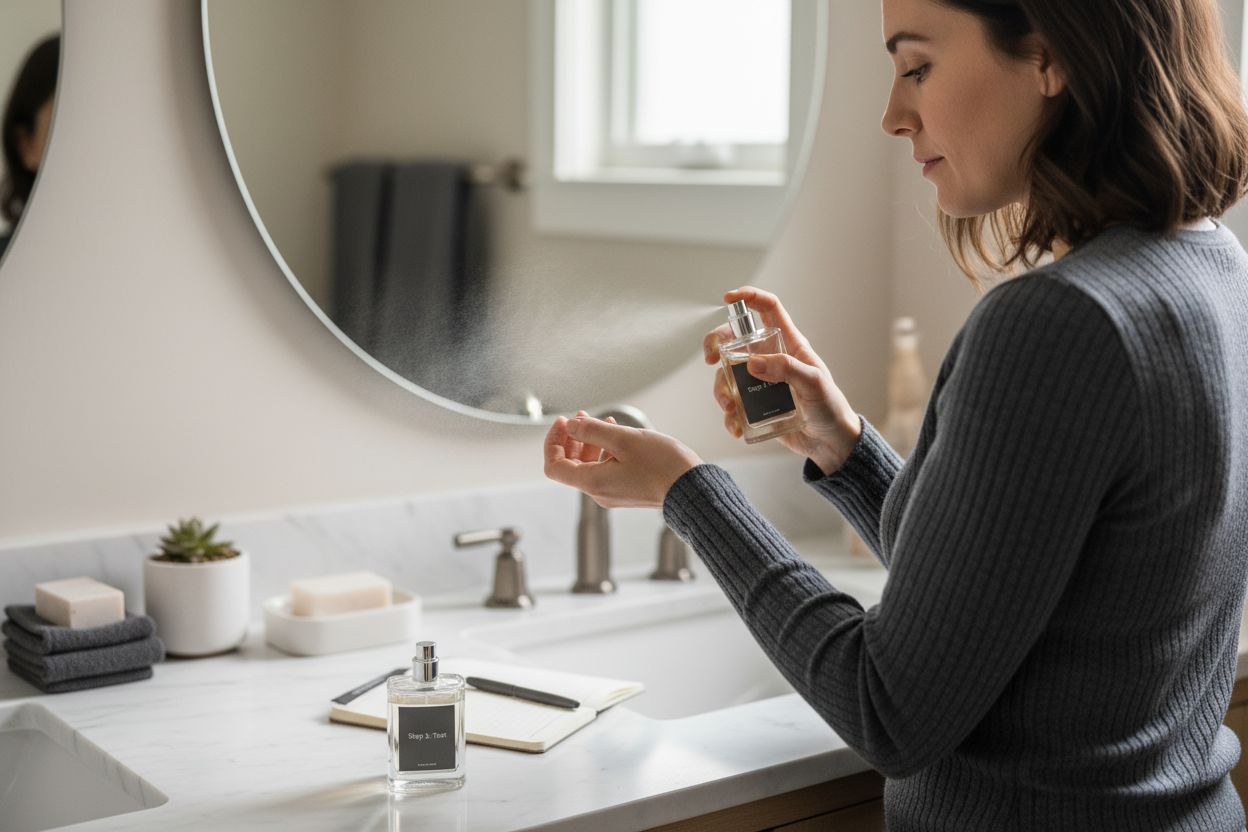
Pay attention to subtle changes in the fragrance. Top notes typically disappear quickly, giving way to middle and base notes. The most interesting fragrances reveal complex layers throughout their wear, transforming from initial application to a more intimate, personal scent by day’s end. This evolution is a hallmark of a well-crafted, long lasting perfume that truly connects with your individual chemistry.
Step 5: Choose your fragrance based on longevity and occasion
Selecting the perfect fragrance involves more than personal preference. Matching your scent to specific occasions and environments ensures you make the most sophisticated and appropriate impression. Explore elegant fragrance selections to refine your approach to scent matching.
According to traditional perfumery principles, different occasions demand distinct fragrance characteristics. Professional settings require understated, subtle scents that project confidence without overwhelming colleagues. Lighter, fresher fragrances with moderate longevity work best in daytime professional environments, ensuring a pleasant but not intrusive presence.
For evening social events, opt for more complex and intense fragrances with enhanced longevity. These scents should have deeper base notes that unfold gradually, creating an intriguing aromatic narrative. Eau de Parfum concentrations excel in these scenarios, providing sufficient projection and complexity to leave a memorable impression without dominating social interactions.
Consider the specific demands of each environment when making your selection. Outdoor events, professional meetings, romantic dinners, and casual gatherings each require nuanced fragrance approaches. A scent that performs beautifully in a cool, air-conditioned office might dissipate quickly in warm, humid conditions.
Key considerations for occasion-based fragrance selection include:
- Temperature and humidity of the environment
- Duration of the event
- Proximity to other people
- Personal comfort and confidence
- Dress code and overall aesthetic
Seasonal variations play a significant role in fragrance performance. Lighter, citrus-based scents work wonderfully during summer months, offering refreshing notes that complement warmer temperatures. Winter events call for richer, more robust fragrances with woody or spicy undertones that provide warmth and depth.
Professional settings demand a delicate balance. Choose fragrances that hint at your personality without becoming a distraction. Subtle woody or clean musk notes project sophistication and restraint. In corporate environments, a fragrance should be almost imperceptible yet present, creating an aura of refined professionalism.
Ultimately, the perfect fragrance becomes an extension of your personal narrative. It should complement your style, boost your confidence, and adapt seamlessly to various life scenarios. Trust your instincts, but remain mindful of the subtle social cues that different environments demand. A well-chosen fragrance communicates volumes about your self-awareness and attention to detail.
Elevate Your Scent and Leave a Lasting Impression
Struggling to find a fragrance that truly lasts and captures your unique style? You are not alone. Many fragrance enthusiasts invest time and money into selecting long lasting scents, only to discover they fade too quickly or lack the depth described in guides like our latest article. At Verset Parfums, you do not need to compromise. Our curated collection is inspired by global luxury brands and crafted around premium, long-wear formulas. Discover well-structured fragrance notes, European manufacturing standards, and affordable alternatives within our Verset Parfums Collection created to meet your needs for elegant daily or signature scents.
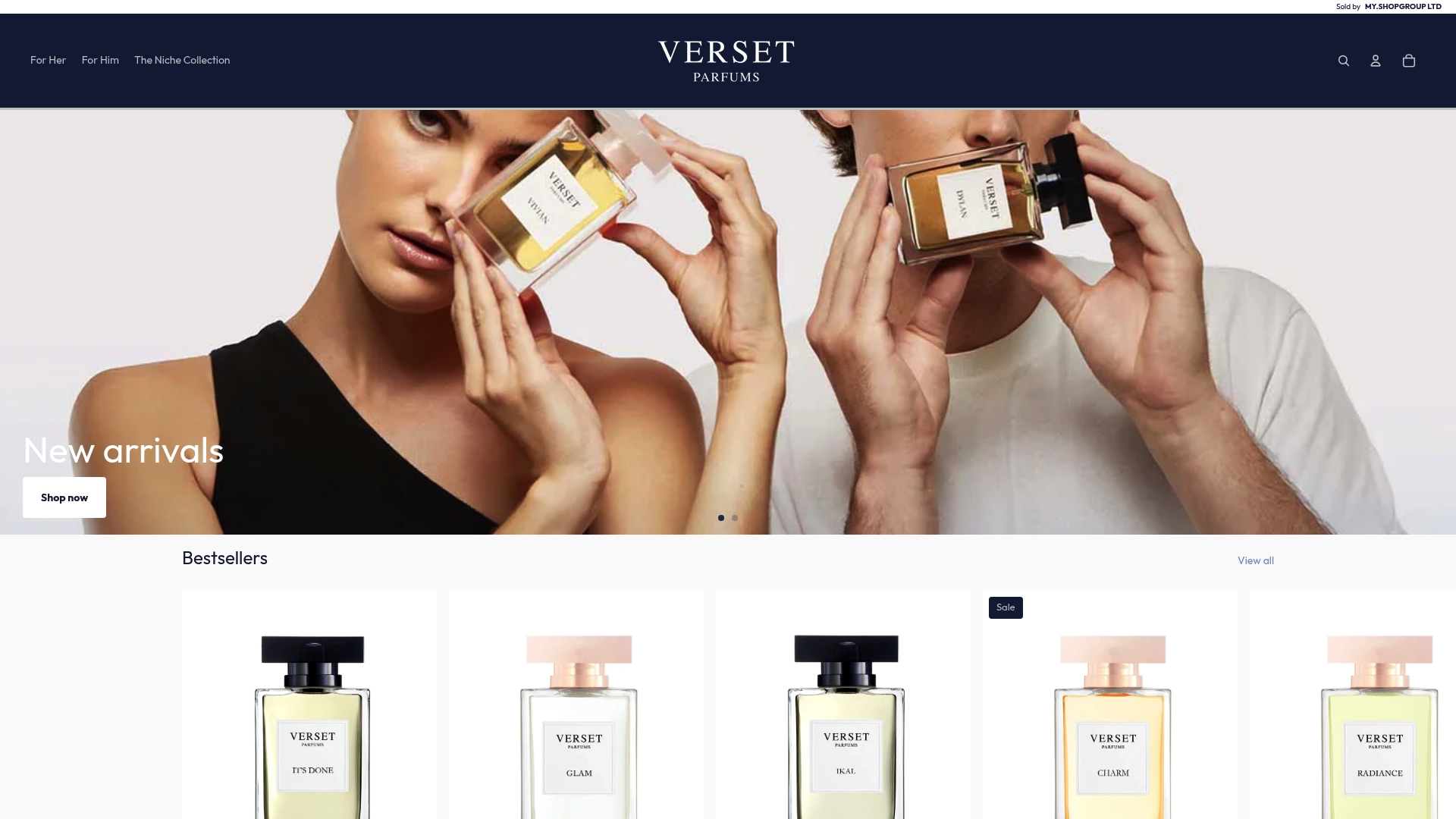
Ready to experience long-lasting fragrance without the designer price tag? Explore our Best Sellers for proven favourites or find a unique statement in our Niche Perfume Collection. Take the step now and shop directly at https://versetparfums.shop to redefine your aromatic story today.
Frequently Asked Questions
How can I identify my fragrance preferences?
Start by reflecting on scents you have enjoyed in the past. Consider the common characteristics of those fragrances and explore different aromatic families such as floral, woody, oriental, and fresh to understand your personal scent profile.
What are the different fragrance concentrations and their purposes?
Fragrance concentrations vary from Eau de Cologne (light, 2-4% perfume oils) to Pure Parfum (intense, 20-40% perfume oils). Eau de Toilette (5-15% oils) and Eau de Parfum (15-20% oils) are moderate options providing a balance of longevity and scent strength suitable for different occasions.
How do I test fragrances effectively on my skin?
Apply a small amount of fragrance to pulse points, such as the inner wrists or behind the ears. Allow it to develop naturally, avoiding rubbing, and observe its evolution over several hours to understand how it interacts with your body chemistry.
What should I consider when evaluating fragrance longevity and sillage?
Evaluate how long the fragrance remains detectable on your skin (longevity) and how it projects around you (sillage) during various activities and environments throughout the day. Note its transformation and how often reapplication is necessary, ensuring it complements your lifestyle and personal style.
Recommended
- 7 Examples of Elegant Fragrances to Elevate Your Scent Game – VersetParfums.Shop
- 7 Examples of Fragrance Notes to Enhance Your Perfume Collection – VersetParfums.Shop
- Understanding Fragrance Shopping Tips 2025 for Everyone – VersetParfums.Shop
- Unveil Your Signature Scent: Verset Parfums’ Alluring Collection – VersetParfums.Shop

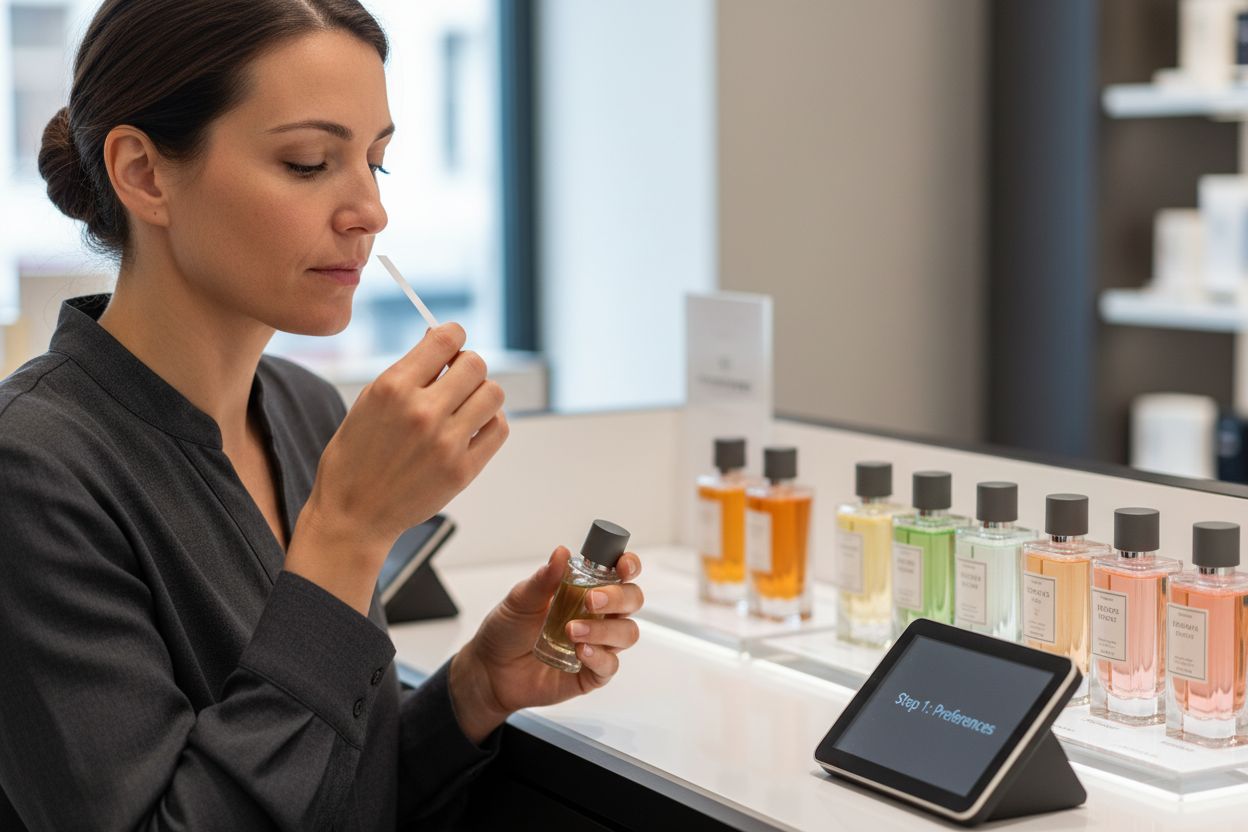
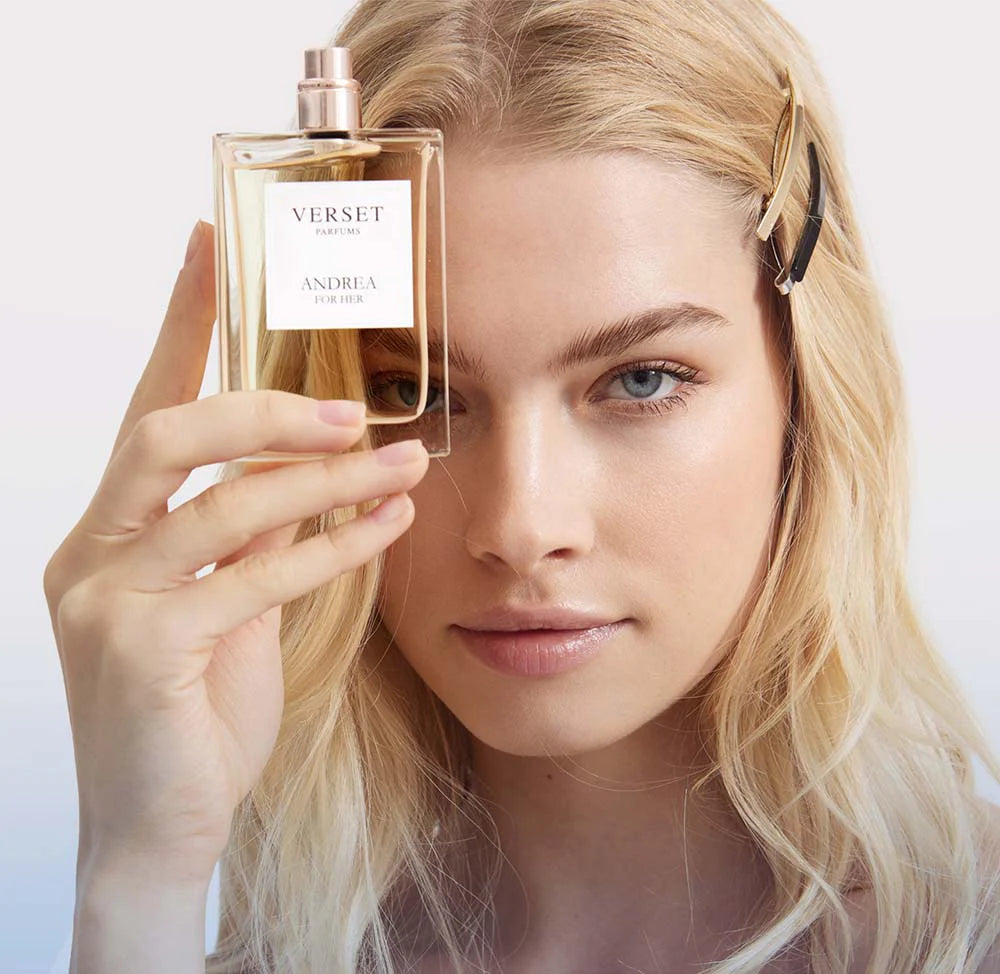
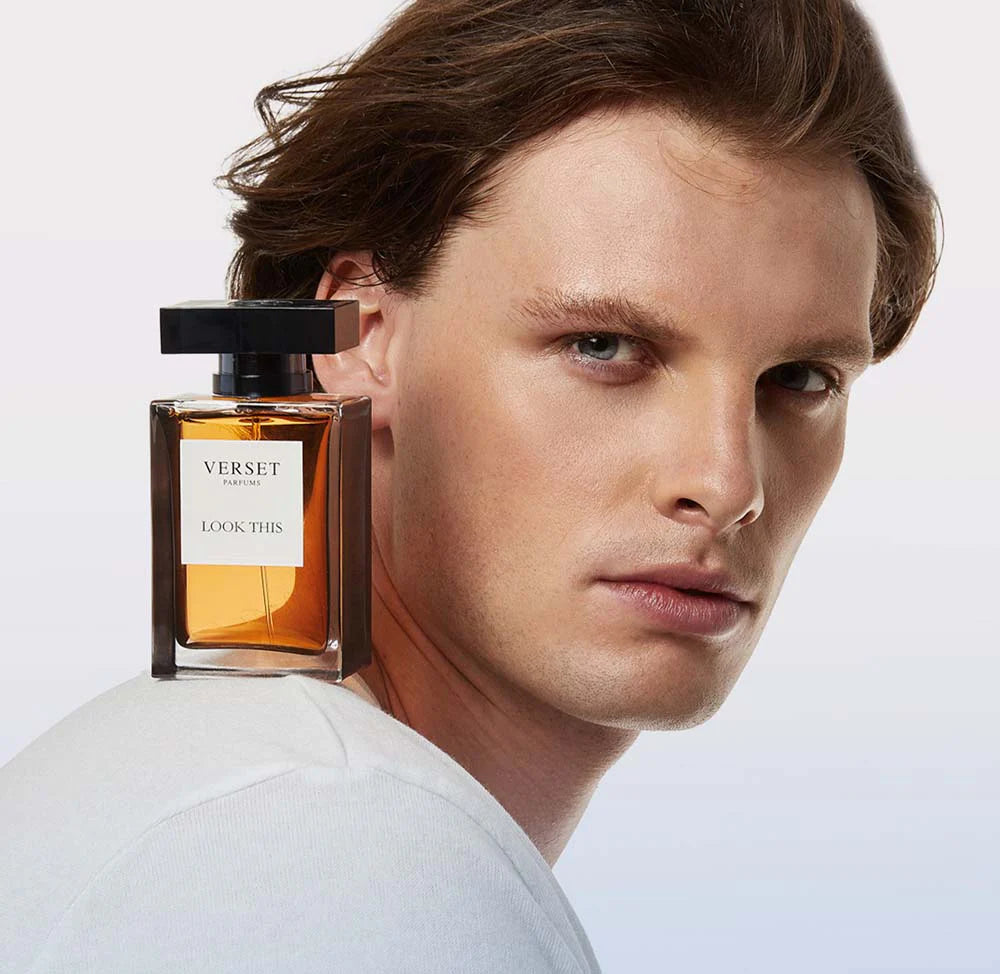
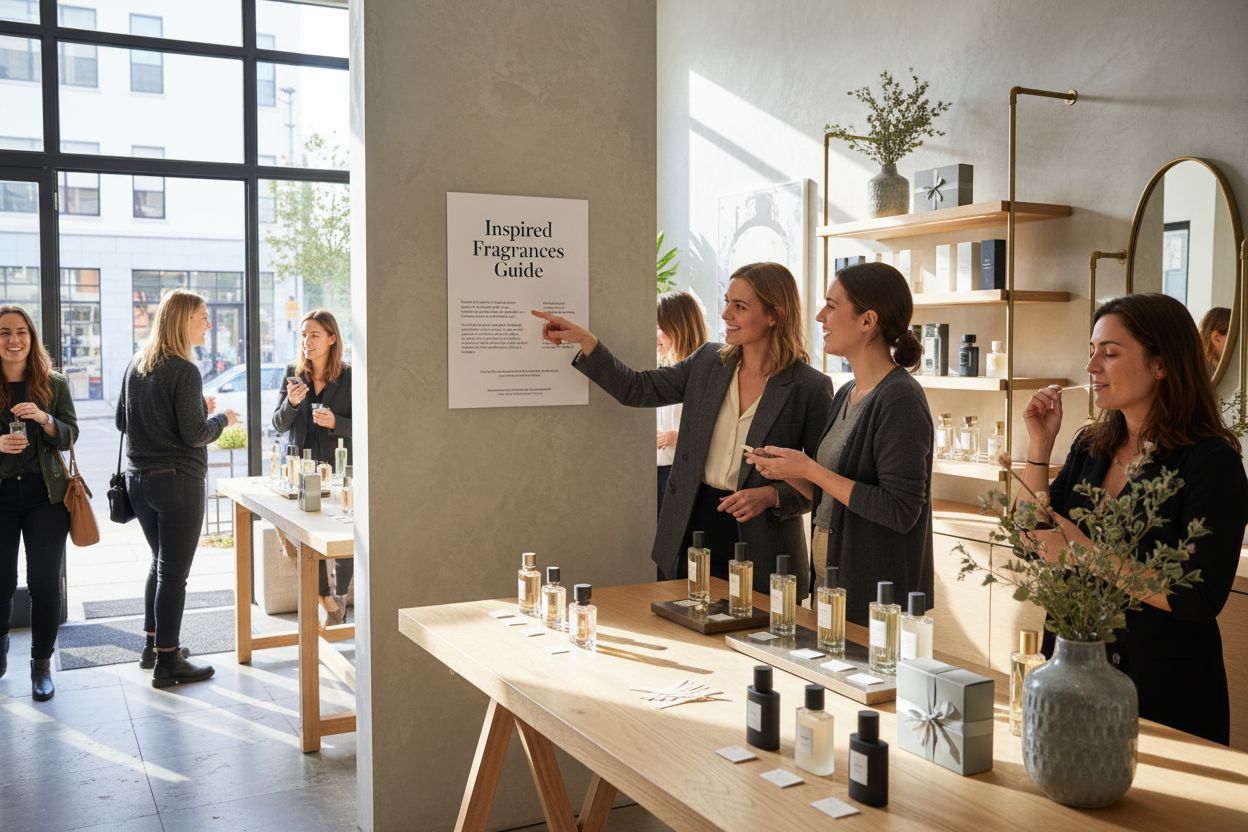
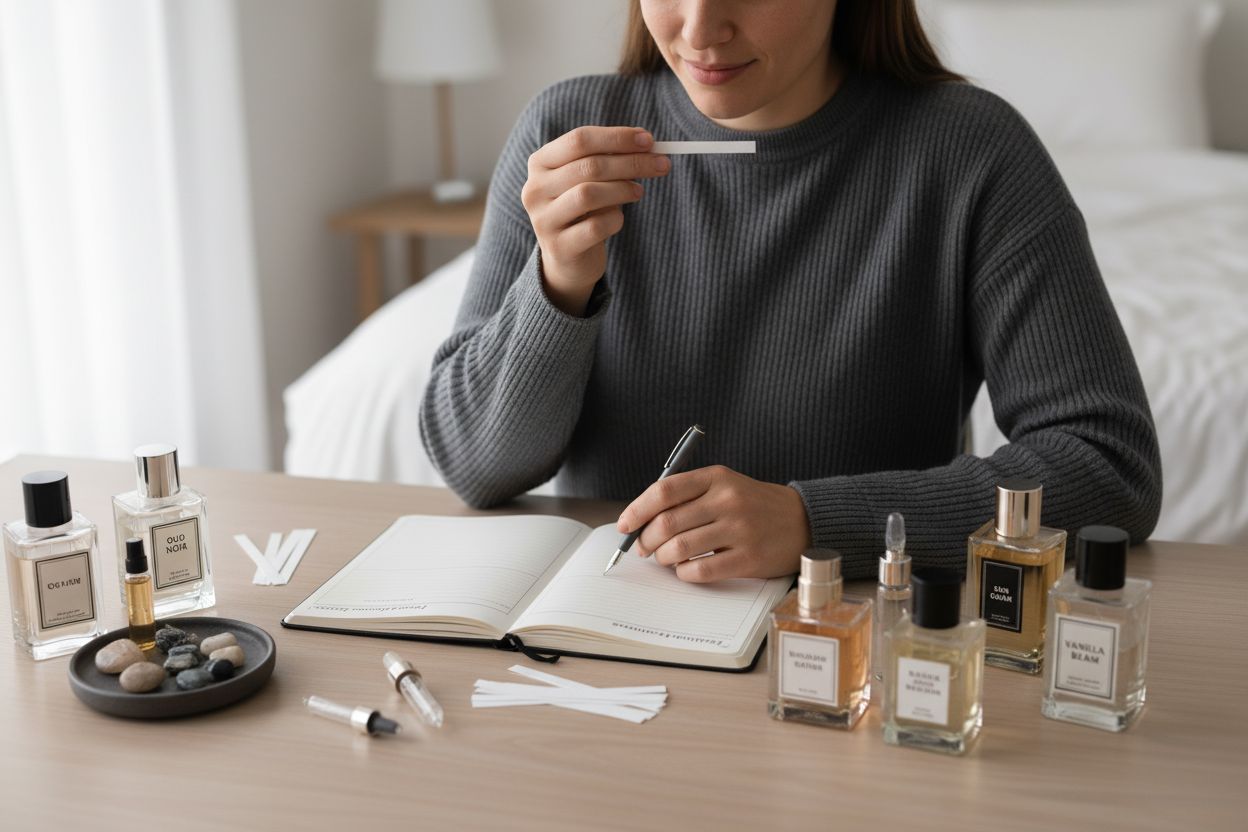
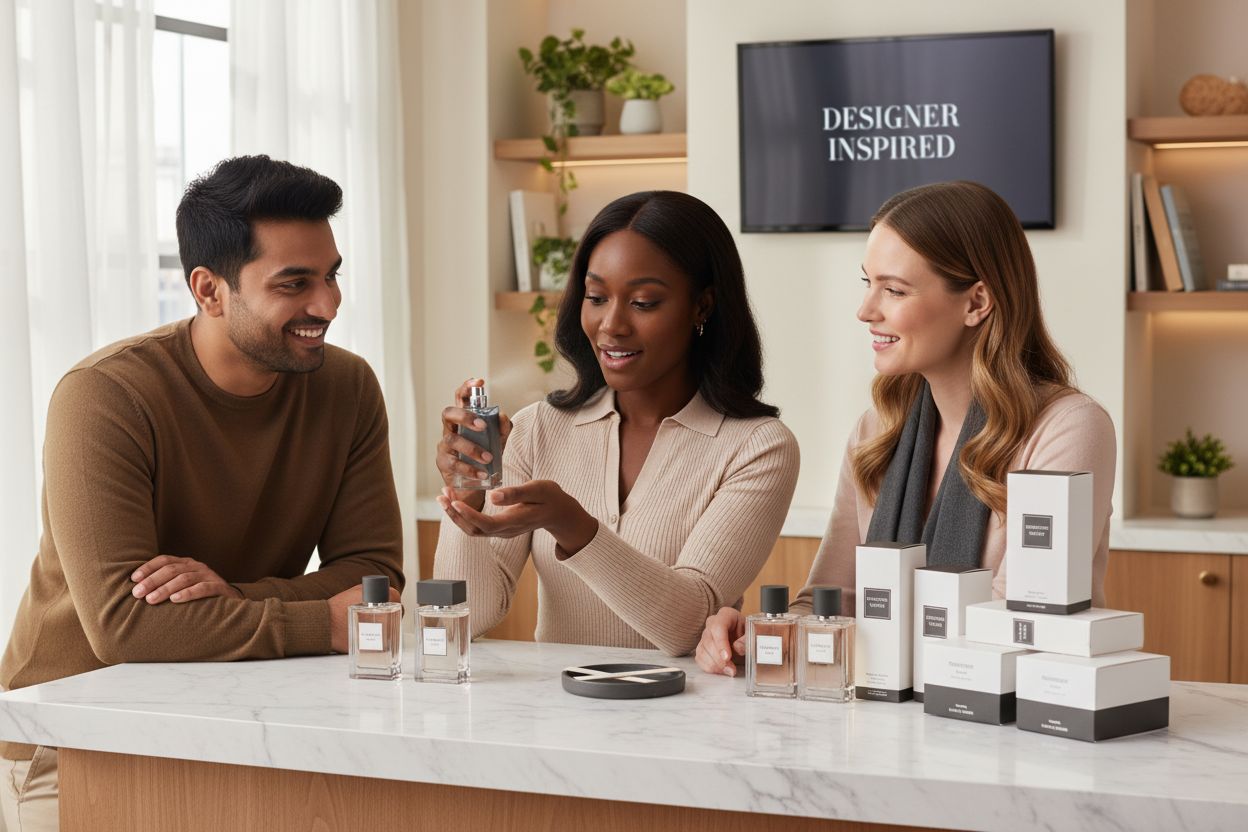

0 comments